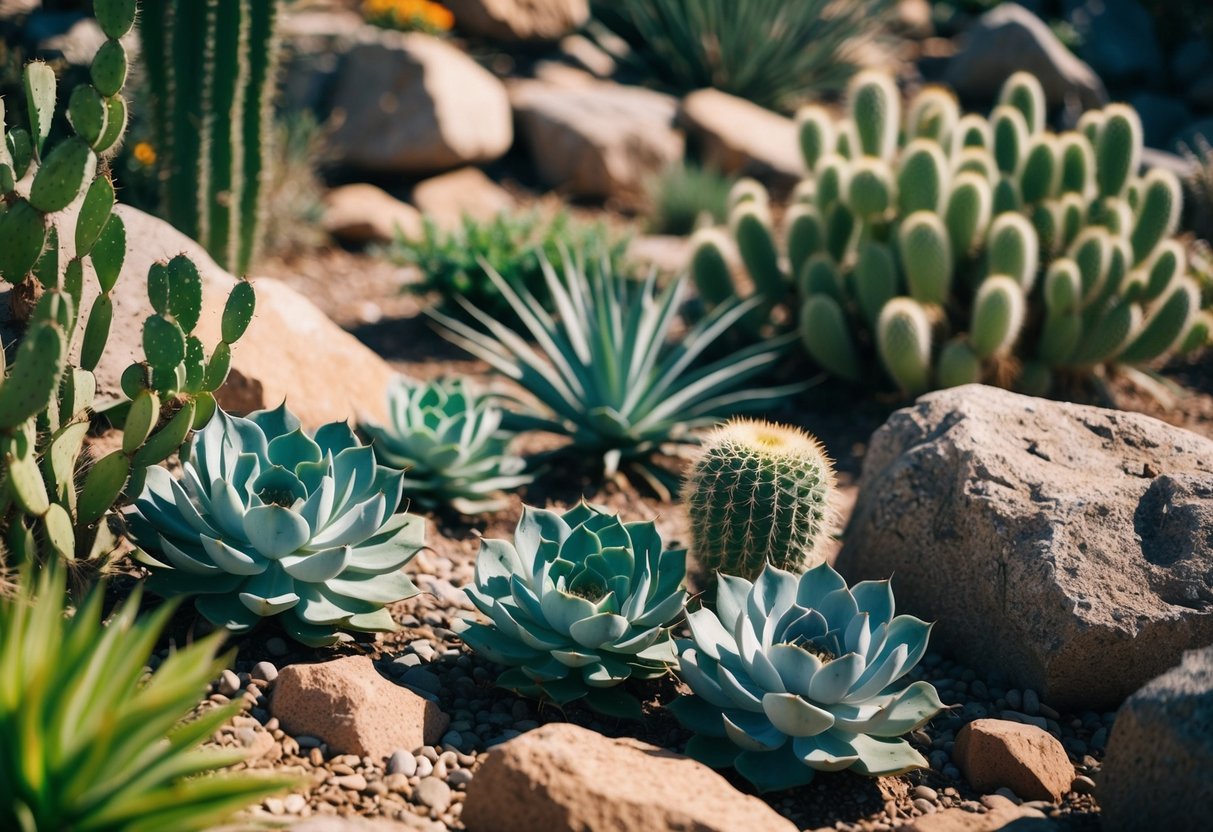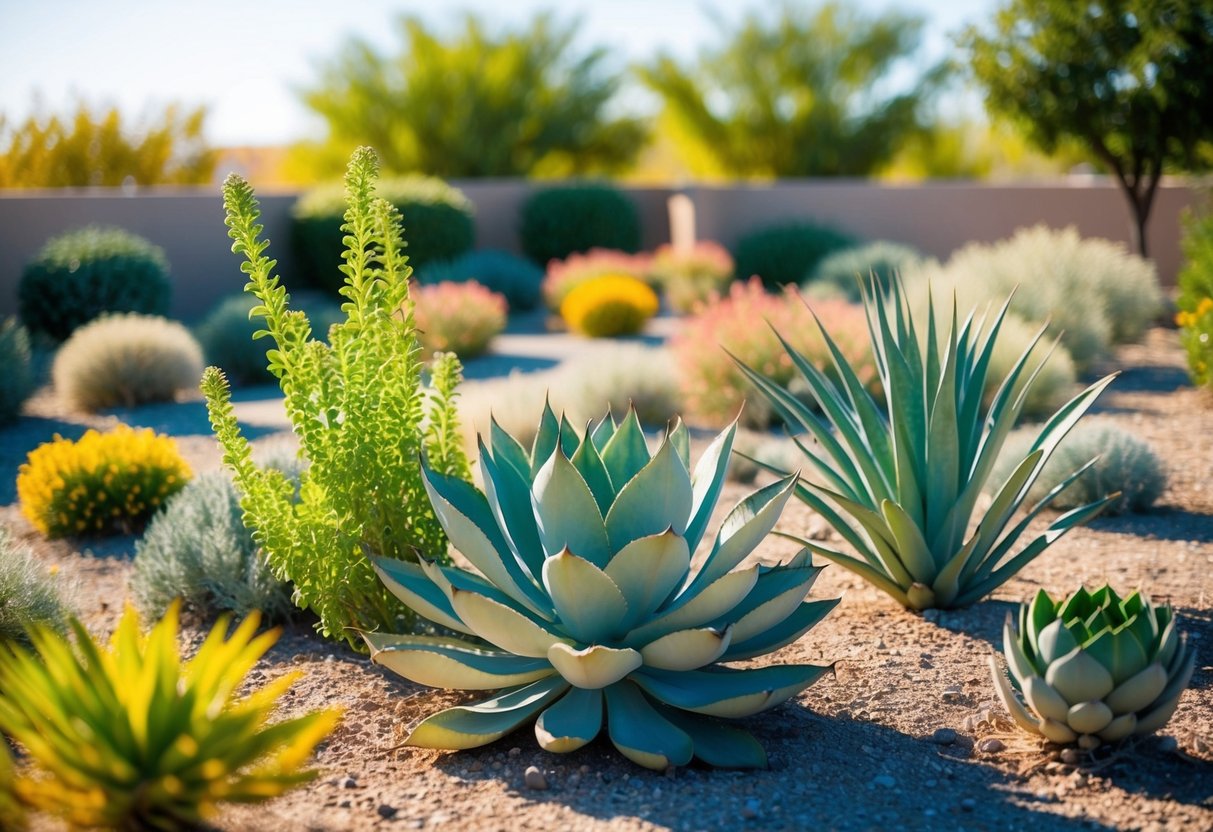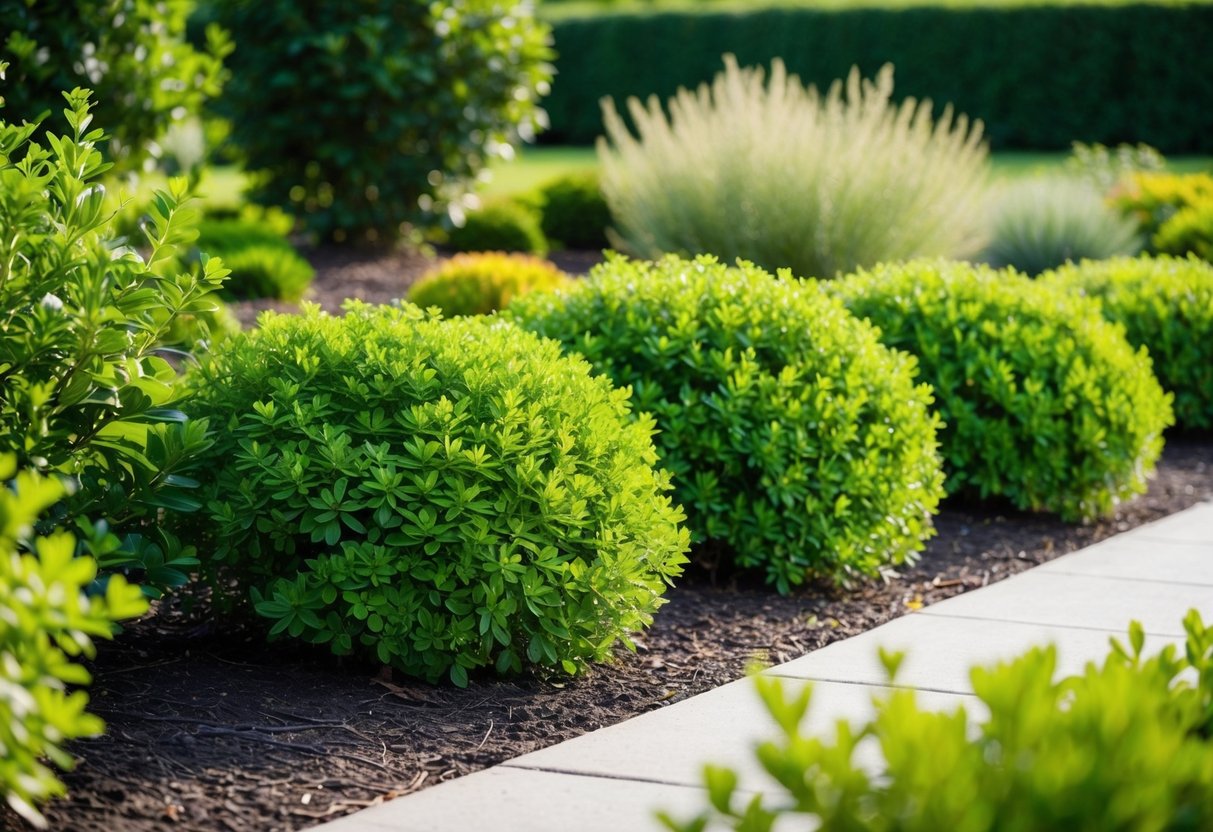What are the Most Resilient Outdoor Plants? Top Picks for Your Garden
When you’re venturing into gardening, you need to find plants that can withstand changing weather. Some plants are hearty survivors that can handle everything from strong winds to scorching sun without wilting. Cranesbill, also known as hardy geraniums, and Summerific perennial hibiscus are among the most resilient outdoor plants, thriving even in challenging conditions. These types of plants are perfect for a garden that requires minimal upkeep and allows you to enjoy beautiful blooms throughout the seasons.

Your landscape can greatly benefit from these stalwart plant heroes. Imagine having a vibrant garden filled with colors from pinks to purples, all while requiring little assistance from you. Sempervivum tectorum, for instance, is a tough succulent that is nearly impossible to kill unless overwatered. It’s an ideal choice for rock gardens and needs well-drained soil with plenty of sunshine to bloom beautifully.
Adding resilient plants to your garden transforms your outdoor space into a stunning, effortless retreat. Strong plant varieties like those mentioned can help you curate a landscape that not only elevates your home’s beauty but also stands up to harsh environmental changes. Whether you’re tackling shady spots or sun-drenched areas, these hardy additions ensure your garden blossoms with minimal effort.
Perennials for Every Season

Choosing the right perennials ensures your garden stays vibrant year-round. Each plant has its own unique needs and beauty. Understanding where they thrive best, from shade to full sun, helps you create a stunning landscape.
Hostas for Shade
Hostas are perfect if you have a shady spot in your garden. These plants are loved for their lush, green leaves and low maintenance. With many varieties available, hostas offer different leaf colors and sizes. Whether you prefer small or large leaves, there is a variety for you.
Their ability to thrive in the shade makes hostas a favorite in gardens with limited sunlight. They are also known for their beautiful flowers that bloom in summer. To keep them healthy, ensure their soil is moist but well-drained. Adding a layer of mulch can help retain moisture and reduce weeds.
Lavender for Sun
Lavender is a great choice for areas with full sun. Its fragrant purple flowers attract pollinators, making it both beautiful and beneficial. This plant thrives in warm, sunny spots and well-drained soil. Ensure you plant it where it can soak up plenty of sunshine.
Not only does lavender add color, but it also brings a soothing scent to your garden. Its drought tolerance makes it ideal for busy gardeners looking for low-care options. Prune it regularly to encourage growth and maintain its shape.
Daylilies for Easy Care
Daylilies are perfect if you want a low-maintenance plant. These perennials are incredibly hardy and can bloom in a variety of conditions. They perform well both in the sun and partial shade, making them quite versatile.
Their stunning flowers bloom for one day, but each stem holds multiple buds, ensuring a long display period. Planting daylilies in groups can enhance their visual impact in your garden. They require minimal care, needing only occasional watering and fertilization.
Drought-Tolerant Plant Varieties

Drought-tolerant plants can thrive in challenging environments where water is scarce. These plants are great additions to your garden, providing beauty and resilience without demanding much water.
Succulents and Cacti
Succulents and cacti are champions at surviving dry conditions. They store water in their leaves, stems, or roots, which allows them to endure long periods without rain. Planting succulents like Echeveria, or cacti such as Barrel Cactus, can bring a touch of the desert to your garden.
These plants often prefer sandy soil, which provides good drainage. Careful placement in sunny spots will give them the best chance to thrive. Low-maintenance and eye-catching, succulents and cacti make excellent choices for anyone looking to create a drought-tolerant landscape.
Sedum and Stonecrop
Sedum and stonecrop are part of the same hardy plant family and thrive in dry gardens. These plants are known for their fleshy leaves and low growth habits, making them perfect ground covers. They adapt well to various conditions and can grow in rocky or sandy soil.
Some popular varieties include Sedum ‘Autumn Joy’ and ‘Dragon’s Blood.’
Sedum’s versatility allows you to use it in rock gardens, borders, or even as green roofs. The plants produce star-shaped flowers that attract pollinators and add color to your garden.
Hardy Herb Selections
Certain herbs, like rosemary and lavandula angustifolia (also known as English lavender), are not only fragrant but also extremely drought-tolerant.
Rosemary thrives in well-drained sandy soil and enjoys full sun. This aromatic herb can be used for cooking while looking great in your garden.
Lavandula angustifolia is well-suited for areas with dry spells thanks to its Mediterranean origins. Its fragrant purple flowers not only add beauty but also attract bees and butterflies. These herbs require minimal watering once established, making them perfect for low-water gardens.
Shrubs and Ground Covers for Landscaping

When planning your landscape, shrubs and ground covers can add beauty, texture, and resilience. They help manage soil erosion and often attract pollinators, enhancing your garden’s ecosystem.
Flowering Shrubs
Flowering shrubs are a great way to add color and interest. Azaleas are a popular choice, known for their beautiful blooms in spring. They do well in partial shade and acidic soil. Another option is the oakleaf hydrangea. It features large, showy flowers and leaves that turn brilliant colors in fall.
Both azaleas and oakleaf hydrangeas are hardy, needing minimal care once established. These shrubs can serve as focal points in your garden and offer excellent coverage.
Evergreen Ground Covers
Evergreen ground covers provide year-round greenery and require little maintenance. Coral bells are an attractive option with their colorful foliage that comes in shades of purple, silver, and green. They thrive in partial to full shade and are drought-tolerant.
These plants are perfect for preventing weed growth, creating a lush, uniform appearance. Evergreen ground covers like coral bells can also attract pollinators, thanks to their tiny, bell-shaped flowers.
Grasses for Erosion Control
Certain grasses are excellent for controlling soil erosion. Their deep root systems help stabilize the soil on slopes. Consider planting a mixture of ornamental grasses. They add texture and movement to your landscape.
Some varieties are decorative while being robust and durable. These grasses can withstand various weather conditions, making them a practical and attractive solution for erosion issues.
Plants for Special Gardens

Choosing the right plants for special gardens can make your gardening experience rewarding and easier to manage. You can focus on using native plants, those that are attractive to pollinators, or plants that resist deer.
Native Plants for Local Flora
You might want to pick native plants for your garden. These plants are already used to the climate and soil in your area, so they need less care. They often require less water and are more resistant to local pests and diseases.
Native plants are great for supporting local wildlife, including birds and butterflies. Some examples include the red columbine and the purple coneflower, both of which add beauty while maintaining local ecosystems.
Plants for Pollinators
Plants that attract pollinators are important for maintaining biodiversity in your garden. Bees, butterflies, and hummingbirds love plants with colorful flowers and sweet nectar. Growing such plants can help support these essential creatures.
Consider planting lavender or sunflowers, which are both wonderful for pollinators. These plants are not only important for pollinators but can also be stunning additions to your garden. Make sure to plant them in sunny areas for the best results.
Deer-Resistant Varieties
Dealing with deer can be a challenge, especially when they munch on your favorite plants. Fortunately, some plants are less tasty to deer. Deer-resistant varieties can help keep your garden safe from unwanted nibbling.
Plants like daffodils, with their bold flowers, are rarely eaten by deer. You can also try boxwood or lavender. They have scents or textures that deer find unappealing. These plants are tough and can thrive in many garden conditions.
Seasonal Care and Maintenance Tips

Taking care of your outdoor plants involves specific strategies depending on the season. In the summer, you’ll want to protect them from intense heat. In the winter, you’ll need to shield them from freezing temperatures.
Summer Heat Survival
During the summer, focus on keeping your plants healthy in the heat. One way to do this is by regular watering, especially in the morning. This helps prevent evaporation and keeps your plants hydrated when the sun is at its strongest later in the day.
Mulching is another effective method. It retains moisture in the soil and keeps roots cool. Try using materials like bark or wood chips. Shade protection is also crucial for sensitive plants, especially those with beautiful blooms. Use shade cloths to protect delicate species from direct sunlight.
Some plants like sedum spurium are particularly tough against heat. Including these in your low-maintenance garden can reduce the stress of upkeep. They thrive in sunny spots without much water, making them excellent choices for summer survival.
Winter Protection Strategies
Winter can be harsh, but there are ways to help your plants endure the cold.
Start by insulating your plants’ roots with mulch. A layer of straw or leaves can keep roots warm. For added protection, consider using burlap wraps around vulnerable plants. This shields them from wind and cold snaps.
If you have potted plants, move them to sheltered areas. A garage or porch works well to keep them from freezing temperatures.
Water them sparingly since they require less moisture when inactive.
For evergreens and plants prone to wind damage, windbreaks can be very beneficial.
You can make these using wooden boards or garden fabric. Choose resilient plants like holly that can naturally withstand cold while still adding beauty to your garden.







